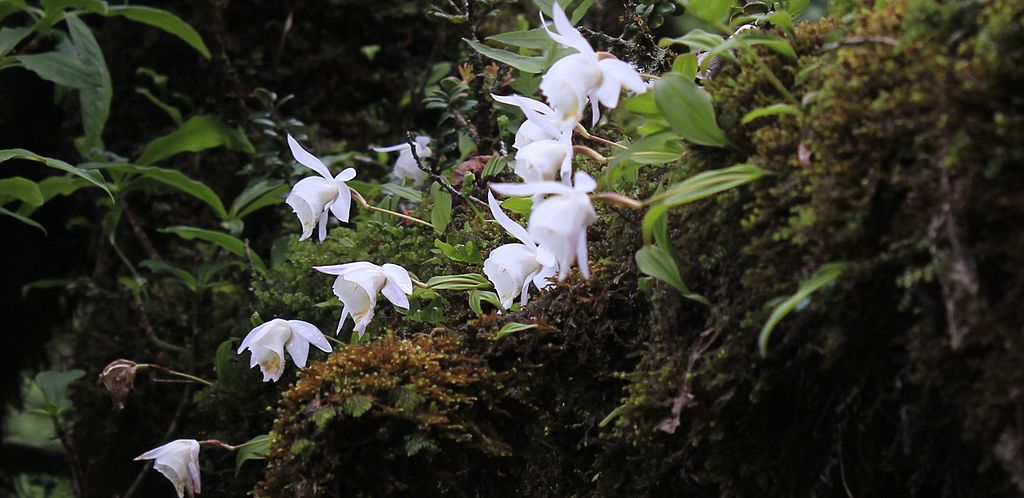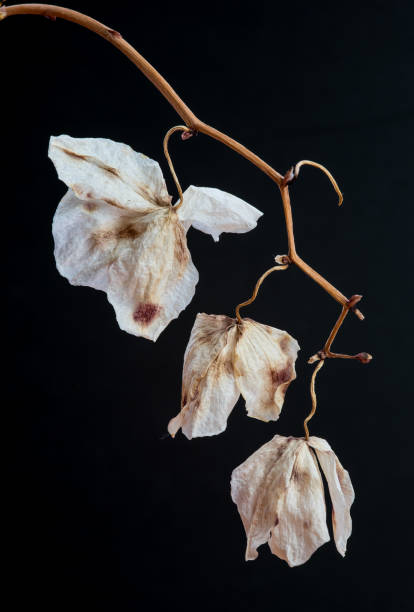
Being an epiphyte plant, orchids have 10 to 15 years of life span. During this long period, they keep us happy by blooming with colorful flowers involving with fungi and pollinators. (orchids stop blooming)
They need proper care and attention growing indoors as they go through different cycles every year. Without knowing maintenance the cycle can be interrupted.
Orchids are well known for their complex lifecycle which is fascinating to know. They go through many phases from seed germination to maturity and flowering which is important to know.
Here you will learn
- Germination and seeding stage
- Growth and development stage
- Flowering stage
- Dormancy period
- Seed Release
Let’s overview the complete lifecycle of an orchid.
Germination and seeding stage
This is the hardest stage of the orchid. This is true for every plant but orchids have unique germination requirements which makes the process more crucial. Let us know in detail.
Unlike other seeds orchid seeds are the smallest and have a special structure wick of a nutrient-rich endosperm. Orchid seeds often have a wings-like structure which helps them to fly over another place. These seeds are dispersed primarily by wind, the wings help them to travel a long distance. However, their successful germination is very low due to the environment.
Orchid seeds are very difficult to germinate. Orchids have an important involvement. The fungi provide the seed carbohydrates and other essential nutrients. Different species need different fungi to make a symbiotic relationship. Seeds need a specific environment (depending on species) to germinate successfully like proper moisture light and place. That can be found in tropical rain forest that’s why rainforests are their natural habitat.
Then comes the germination process. After landing in the perfect environment it begins the process of germination. Once it develops roots and leaves it is ready for the photosynthesis process. They become less dependent on fungi and start producing stems, leaves, and more roots. orchids stop blooming
Growth and development stage
The growth formation period is a tough period for indoor gardeners. Lack of attention can cause unhealthy plants that can’t yield flowers or they might die too.
When plant sapling begins to grow it produces more and more leaves but the producing time is very low. These leaves gradually become mature and show the characteristics of their species. They perform photosynthesis reduce the dependency on the mycorrhizal fungi and generate energy from sunlight. Most of the species don’t need the dependency on fungi.
The time goes and the orchid grows more revealing the true beauty of nature. Leaves become more mature and greenish which is eye-calming to see. Its stems become stronger though they barely have stems. Roots spread and colonize more on tree bark to strengthen their position.
Some species need more time to be matured while others need 1 to 2 years.
Once the orchids become fully matured, they wait for the right season to come. For the season they waited for so long to reveal the breathtaking grandeur and picturesque grace.
Flowering stage
The flowering stages of orchids begin with the initiation of an inflorescence, which is the formation of flowers in a single stem this formation depends on species, temperature, light, moisture, etc.
When the inflorescence initiation ends, they shoot long spikes from the stem or pseudobulb. How many flowers will carry the spike depends on the species. The spike gradually grows taller, tiny buds begin to form at its tip. These buds will eventually end up developing full-fledged orchid flowers.
Orchid flowers have to undergo a series of intricate development stages before they are fully ready to bloom. These stages include Pedical Elongation, Sepal and Petal Formation, column formation, and lip development.
Flower color changes several times from buds to fully formatted flowers. Flower colors and shapes are developed with the ability to attract pollinators. As the sepals and petals unfurl, the column and lip become more accessible and attractive to pollinators. The timing of blooming may vary by day or night but in most cases, they bloom in the morning, depending on the pollination strategy. They remained for almost two months.
After completing the pollination process, the fertilized flower turns into a seed capsule and the seed develops and gets ready for the germination there.
Dormancy period
Dormancy is one of the important cycles for orchids. When flowers fade and fall off they go for a dormant period for a long time until the next blooming time comes. They don’t flower in this period and save energy for the next blooming.

Orchid dormancy can vary on many things such as climate habitat temperature. Some go for four to five months some go for nine to ten months but phalaenopsis flower all year.
Orchids go into dormant phases depending on seasonal changes like light and temperature. In winter when day time decreases and the night temperature drops they go to sleep and wake up in summer. In tropical regions, they go for a dormant period in the dry season. orchids stop blooming
Orchid dormancy also depends on not getting enough nutrition and enough care such as light, physical damage, and drought. They go to sleep until enough nutrition is released to wake up and bloom. This mostly happens to indoor orchids. If you are in the same situation go check for proper care.
During the dormant period, they slow their growth throw their old leaves and yield new leaves. They store their energy in pseudobulbs or tuber maintaining the plant’s proper heath. Once enough fuel is reserved they bloom again. This cycle repeats throughout their whole life.
Seed Release
The seed release is the successful result of the pollination process. The flower turns into a seed capsule or pod. These pods contain very tiny seeds. The seeds continue to grow mature. When they are ready the vessel opens and releases the seeds. Once again they fly to another livable tree bark and repeat the cycle. This process has been continued for thousands of years.
If it didn’t quench your thirst then you can check these articles out.
